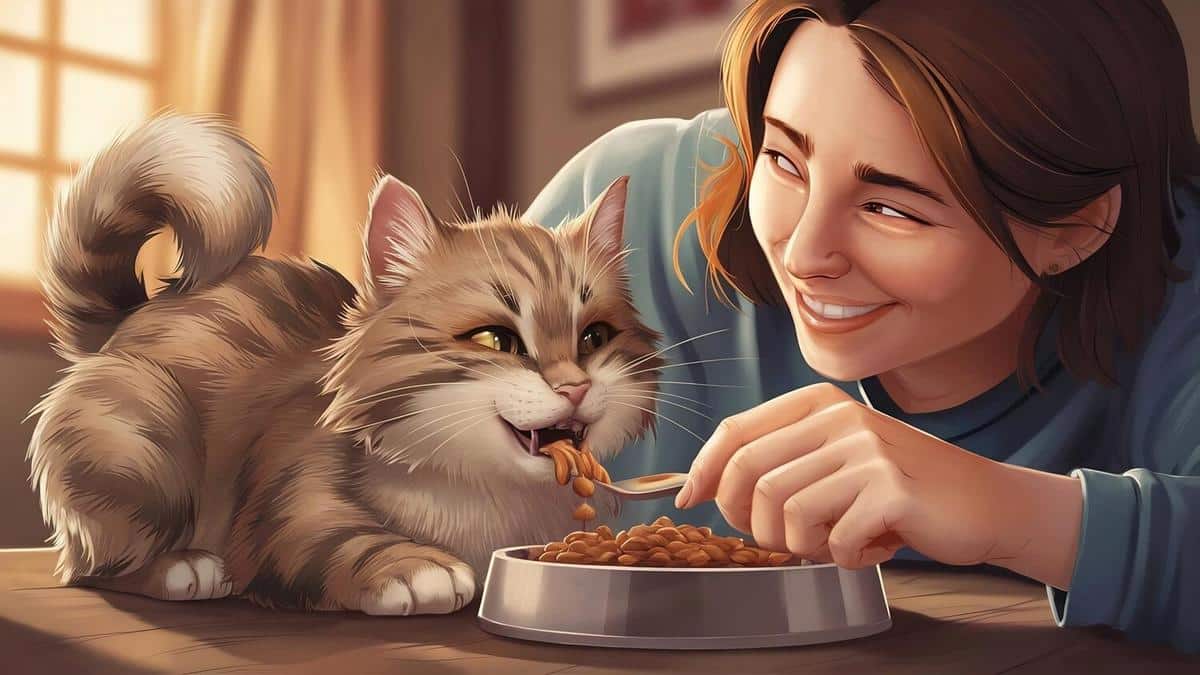
How to Spot Early Signs of Aggression in Pets
Understanding the early signs of aggression in pets is crucial for maintaining a harmonious relationship with your furry companions. Recognizing these signs can prevent unwanted incidents and ensure the safety of both the pet and those around them.
Pets, much like humans, have their own personalities and ways of expressing emotions. While some pets are naturally more laid-back, others may show signs of aggression when they are uncomfortable or threatened. Identifying these early signs is essential for pet owners to address the underlying causes and seek professional help if needed.
Understanding Pet Aggression
According to Dr. Emily Carter, a renowned animal behaviorist, “Aggression in pets can stem from fear, frustration, or territorial instincts.” Recognizing aggression early can prevent escalation and potential harm.
Common Signs of Aggression
- Growling and snarling
- Raised fur along the back
- Baring teeth
- Stiff body posture
- Intense staring
- Lunging
Research Findings
Recent studies have shown that about 15% of pet owners report aggressive behavior in their pets at some point. Early intervention can significantly reduce these behaviors.
Personal Anecdote
Consider the experience of Mark, a pet owner who noticed his dog, Max, becoming more aggressive during walks. By consulting with a vet and using positive reinforcement, he was able to help Max feel more secure and relaxed.
Actionable Tips
- Observe your pet’s body language carefully.
- Consult with a veterinarian or a certified animal behaviorist.
- Use positive reinforcement to encourage good behavior.
- Avoid situations that may trigger aggression.
- Ensure your pet gets enough exercise and mental stimulation.
Comparison Table: Signs of Aggression in Dogs vs. Cats
| Sign | Dogs | Cats |
|---|---|---|
| Growling | Common | Rare |
| Snarling | Common | Uncommon |
| Hissing | Uncommon | Common |
| Raised Fur | Common | Common |
| Staring | Common | Common |
| Swatting | Rare | Common |
| Lunging | Common | Uncommon |
| Scratching | Rare | Common |
FAQ
How can I tell if my pet’s aggression is serious?
If your pet’s aggression leads to injury or occurs frequently, it’s best to seek professional advice.
Can aggression in pets be treated?
Yes, with the right approach and professional guidance, aggression can often be managed effectively.
What should I do if my pet bites someone?
Consult with a veterinarian and a behaviorist immediately, and ensure the victim receives medical attention.
Conclusion
Spotting early signs of aggression in pets is vital for ensuring their well-being and the safety of those around them. By understanding the triggers and seeking expert guidance, pet owners can foster a peaceful environment. Remember, patience and consistency are key in addressing aggressive behavior in pets.


